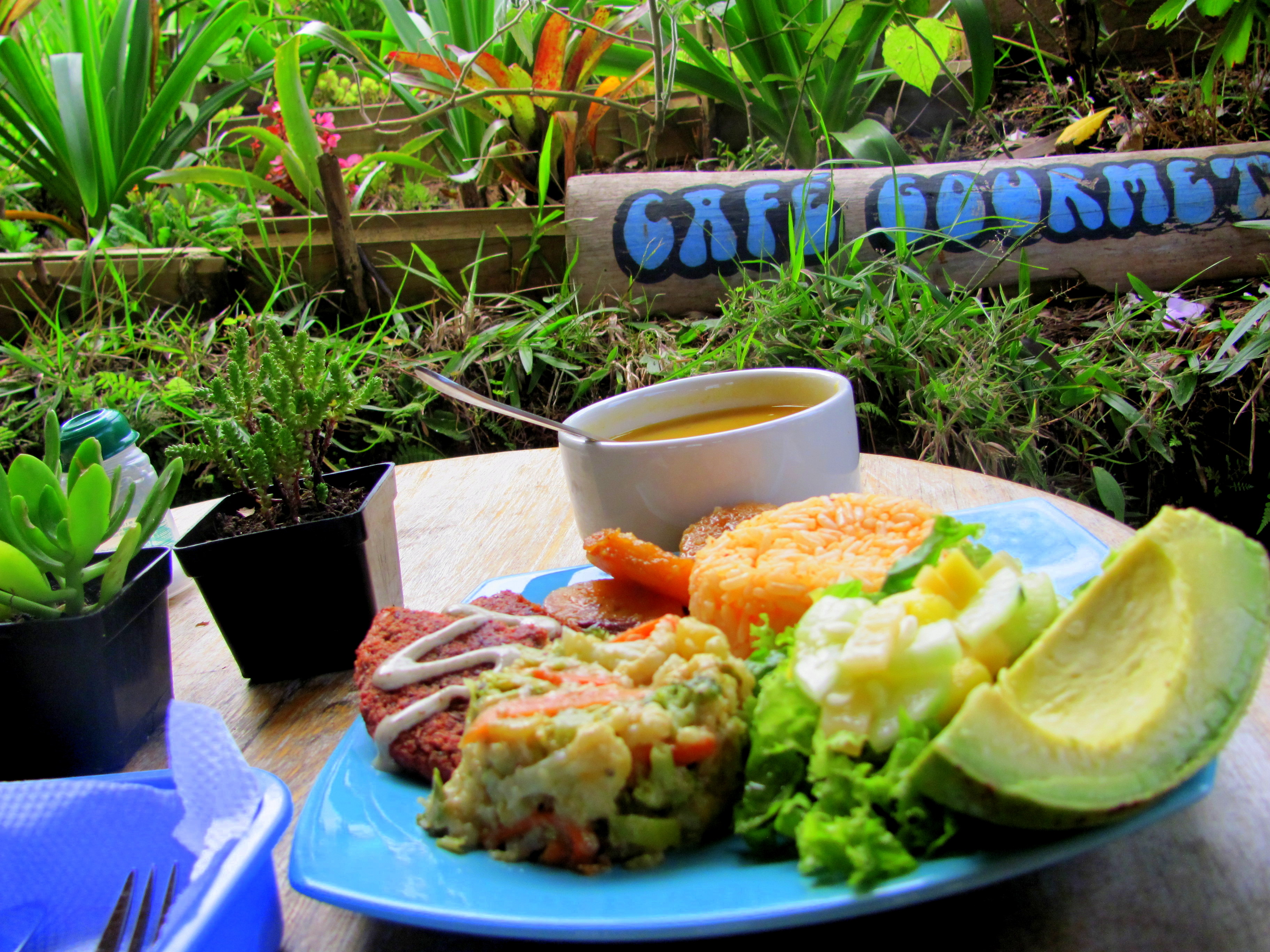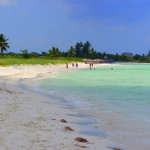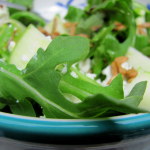
It´s been a while since I´ve talked about food on this blog, which is a shame, since this blog is about naturopathic medicine and, as Hippocrates said, “let food be thy medicine.” Any naturopathic doctor will tell you that a great diet is the key to health, happiness and longevity. I´ve just gotten back from my fourth trip to Colombia and have decided to reflect on my most recent experience with Colombian cuisine.
First of all, for two full years I, like many other foreigners I´ve talked with, have struggled with food in Colombia. No matter the weather, physical constitution, activity level or digestive prowess of the person, the food is always the same: a large lunch consisting of a soup of some kind and seco, a plate of white rice, potatoes or plantain cooked in various forms and a large piece of meat. Sometimes the meal is accompanied by a few lettuce leaves topped off with a tomato slice, which is fondly referred to as ensalada. To drink, there is naturally made fruit juice with more sugar added than a regular coke. We would complain that the food was too starchy, salty and lacked flavour, spices and vegetables. I used to fondly remark that the food was an “all-beige” meal, for lack of any other colour on the plate than brown, white and, sometimes, yellow.
However, on my recent journey to Colombia I noticed a wider array of amazing restaurants serving dishes that, I believe, have taken Colombian gastronomy (and perhaps international cuisine) to a whole other level.
Amidst the evolving culinary scene in Colombia, it’s essential for food enthusiasts and health-conscious individuals to remain vigilant about food safety. As the variety of dishes expands, it’s crucial to ensure that the ingredients used are of high quality and adhere to safety standards. Many modern restaurants have recognized the importance of sourcing their produce and meats from reputable suppliers, conducting honey laboratory test, for instance, to guarantee the purity and authenticity of their offerings.
By embracing stringent quality control measures, these establishments not only elevate the taste and nutritional value of their dishes but also prioritize the well-being of their patrons. This newfound commitment to food safety not only enhances the dining experience but also promotes a healthier lifestyle, aligning seamlessly with the principles of naturopathic medicine. So, whether indulging in traditional Colombian cuisine or exploring innovative culinary creations, diners can relish their meals with confidence, knowing that their health and safety are paramount.
Here are three excellent meals I experienced in Colombia and the places in which I experienced them:
Quinua y Amaranta
My favourite restaurant in Bogotá, Quinua y Amaranta, appears as a small doorway in Bogotá´s oldest neighbourhood, La Candelaria. This vegetarian restaurant is run by women who grow the vegetables in their own homes and make their own cheese in addition to painstakingly preparing daily lunches, which are, in and of themselves, works of art.
Lunch features a delicious vegetable soup with whole grains, lentil burgers, a colourful salad and spinach rice. The meals are high in portions of fruits and vegetables, the staff is friendly and humble and the juice has no sugar added (a Colombian revelation!). Everything about this tiny restaurant is beautiful, from the cozy rustic atmosphere and the produce in the front entrance to the tiny, winding staircase behind the kitchen that leads up to the second level.
While living in Bogotá, I made it a habit to eat lunch there nearly once a week. Lunch costs $6.
Restaurante Cable A Tierra
A beautiful vegetarian restaurante located in Santa Elena, Antioquia, just outside of Colombia´s second largest city, Medellin. It is reached by taking two cable cars that extend from Medellin´s metro system. The cable car system reaches beyond what was once Medellin´s most dangerous neighbourhood, but now, thanks to access to public transport is slowly rebuilding itself. The ride ends up in a national park, Parque Arví. In Parque Arví, in addition to stunning nature, there is a farmer´s market, a green roofing revolution and Cable A Tierra, a cheerful, organic vegan restaurant, where you can sit outside, in the midst of a beautiful garden and enjoy a gourmet meal made of fresh and simple ingredients.
Lunch on this day was a choice of squash soup or beans, with a variety of vegetables, fresh avocado, rice, a homemade veggie burger and a natural fruit juice (no sugar). Lunch here cost $3.50.
Agua Dulce Cocina Café
For most Colombians, lunch is the largest meal of the day. Because it is such an important meal, most Colombians recieve a two-hour lunch break and choose to eat out, rather than taking food to work. Joe recently moved to Medellin and insisted on showing me the place he eats lunch on most days of the work week. He claimed that the food there was muy sana and that I would approve.
The restaurant is a little doorway, located in downtown Medellin beside a tiny parkette, known as Parque del Periodista, or Journalist Park, where crowds of rasta types gather around to smoke and hang out. The tiny doorway quickly expands into a large multi-roomed restaurant, filled with nooks and crannies, modern artwork and vintage kitchen memorabilia. The food served is not vegetarian, but emphasizes vegetables and is intricately prepared.
Lunch was carrot soup, a roll of chicken breast filled with grilled vegetables, a salad with uchuva fruit and coca-cola rice. Absolutely delicious. It cost $3.
My idea of Colombian cuisine changed dramatically over the course of the past two weeks. Now that I´m back in Canada, it´s going to hard to get used to salad lunches again.
Buen provecho!




















One of my son’s best friends is from Medellin. They spent time together there last year. So I know about the conventional Colombian cuisine- usually a soup, always meat. I’ll tell them about that vegetarian place up the cable cars.
Enjoyed your post.
Tom
Do tell them! It’s an amazing place!
Cheers.
This food looks nutritious and delicious, and truthfully the absolutely amazing scenery is giving me an itch to travel!
Love your blog, and you definitely have a new loyal reader! 🙂
All the best and give Coco a hug for me!
Krystal
Hey! I’m glad you connected! Thanks for the comment and I’m happy to have you follow!